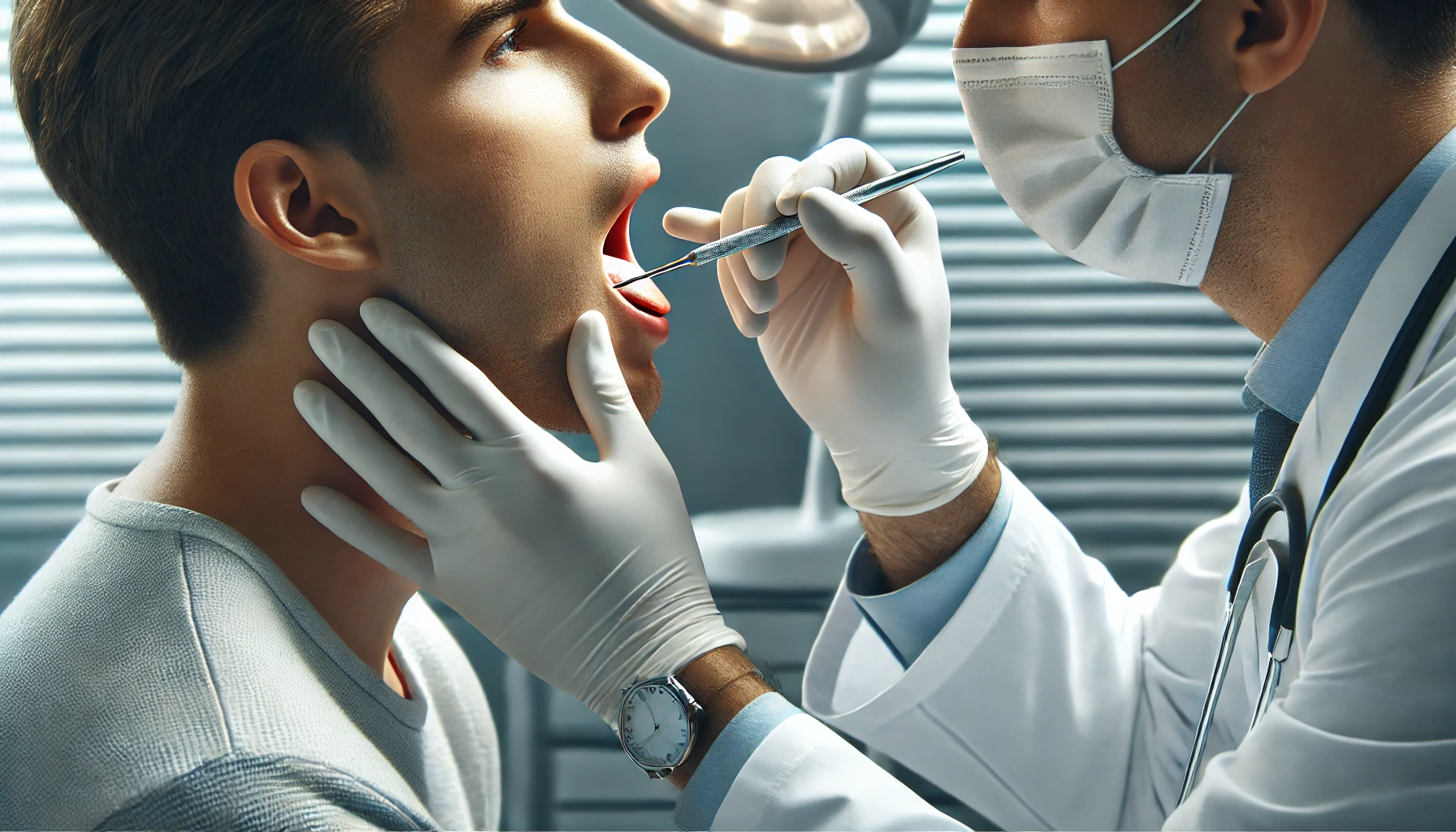Health Notice: This article was written using the Consensus AI Academic Search Engine. It is intended solely for informational purposes and should not be considered medical advice. Always consult a licensed healthcare provider for diagnosis, treatment, or medical guidance. Please refer to the full Disclaimer at the end of this article.
Remedies for oral thrush
The treatment of oral thrush involves a variety of antifungal medications and natural remedies, each with its own advantages and limitations. Fluconazole and miconazole gel are highly effective options, particularly for rapid and complete eradication of the infection. Natural remedies like lemon juice and lemon grass offer promising alternatives, especially in resource-poor settings. While nystatin and gentian violet are commonly used, they may be less effective or have undesirable side effects. Ultimately, the choice of treatment should consider the patient’s specific circumstances, including the severity of the infection, potential side effects, and available resources.
By understanding the various remedies for oral thrush, healthcare providers can make informed decisions to effectively manage this common fungal infection.
Oral thrush, also known as oral candidiasis, is a common fungal infection caused by the overgrowth of Candida species in the mouth. It can affect various populations, including infants, immunocompromised individuals, and those with HIV/AIDS. This article explores various remedies for oral thrush, highlighting their efficacy and safety.
Antifungal Medications
Fluconazole
Fluconazole is an antifungal medication that has shown high efficacy in treating oral thrush. In a study comparing fluconazole and nystatin in infants, fluconazole achieved a 100% clinical cure rate, significantly outperforming nystatin, which had a 32% cure rate2. Another study highlighted fluconazole’s effectiveness in HIV-infected patients, noting its superior mycologic cure rates compared to clotrimazole6. However, the emergence of fluconazole resistance is a growing concern, particularly in patients on long-term prophylaxis6.
Nystatin
Nystatin is a commonly used antifungal for oral thrush, especially in infants. Despite its widespread use, studies have shown that it is less effective than other treatments. For instance, a study found that miconazole gel was significantly more effective than nystatin suspension, achieving higher clinical cure rates and faster yeast eradication3. Nystatin remains a first-line therapy but may be less effective in resource-poor settings4.
Miconazole
Miconazole gel has been demonstrated to be highly effective in treating oral thrush in immunocompetent infants. A multicenter study reported that miconazole gel achieved a 99% clinical cure rate by Day 12, compared to 54.1% for nystatin3. This makes miconazole a superior option for rapid and effective treatment.
Natural Remedies
Lemon Juice and Lemon Grass
Natural remedies such as lemon juice and lemon grass (Cymbopogon citratus) have shown promising results in treating oral thrush, particularly in HIV/AIDS patients. A randomized controlled trial found that lemon juice and lemon grass were more effective than gentian violet, a commonly used treatment in South Africa, in reducing oral thrush symptoms1. These natural remedies are particularly valuable in settings with limited access to conventional antifungal medications.
Alternative Treatments
Gentian Violet
Gentian violet is an antifungal dye used in some regions for treating oral thrush. While effective, it is less preferred due to its visible purple stain, which can lead to social stigma, especially among HIV-positive patients1. Despite this, it remains a viable option in resource-limited settings.
Amphotericin B
Amphotericin B is another antifungal option, known for its resilience against fungal resistance. However, its use is limited by potent adverse side effects, making it a less favorable option for many patients4.
Disclaimer
The content in this blog post was generated using Consensus, an AI-powered academic search engine, and is based on publicly available scientific literature. While we strive to provide accurate, up-to-date, and well-researched information, this content is intended for informational and educational purposes only.
It does not constitute medical advice, diagnosis, or treatment. Always consult a qualified healthcare professional before making decisions related to any medical condition, treatment, or medication.
The AI system’s analysis may not account for all perspectives, ongoing research, or individual circumstances, and should not replace professional expertise. Neither the blog publisher nor the developers of the Consensus AI tool are liable for any decisions or actions taken based on this content.
Use of this information is at your own risk. Where provided, citations link to original scientific studies for reference only—these should be reviewed independently and interpreted with the support of a qualified medical or research professional.
If you are experiencing a medical emergency, please seek immediate care from a healthcare provider or call emergency services.
